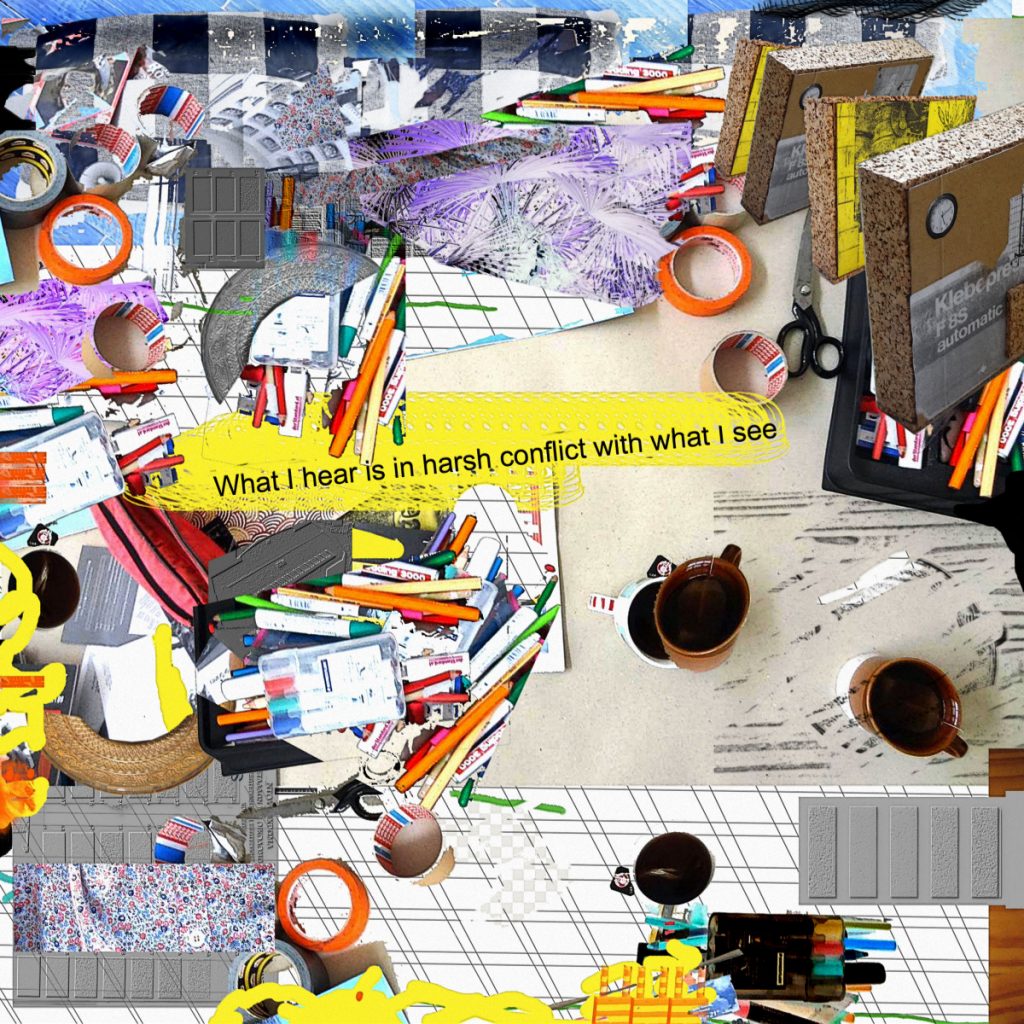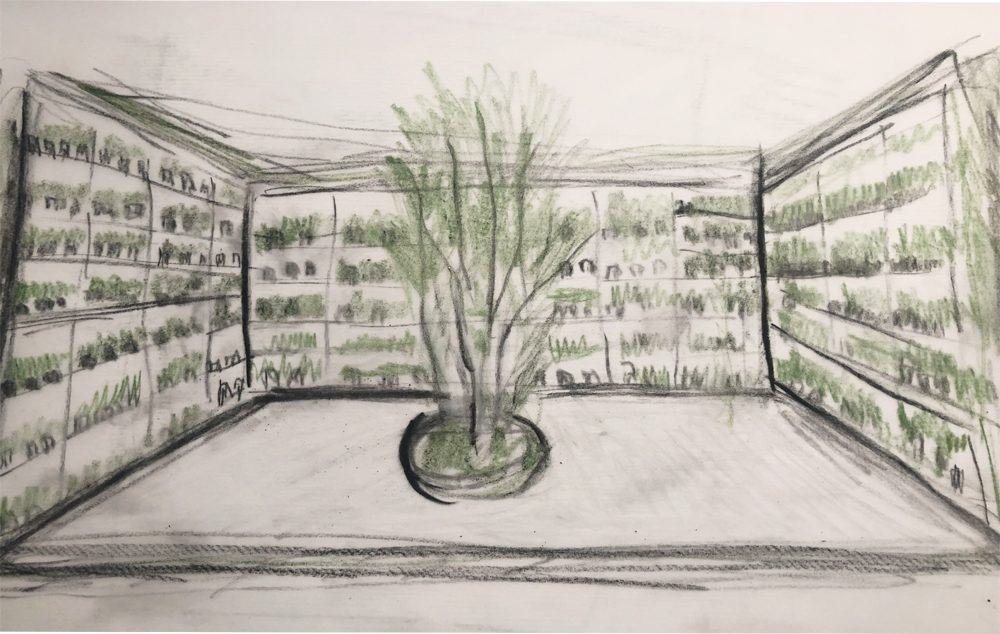A sonically rhythmic carrot, cauliflower, cumin soup to brighten a winter day
As part of the listening protocol series, I propose a sonic sensing experience in the form of a performative recipe. Very simply, it brings sonic touch into a moment of cooking. Recipes do also »organise and articulate listening in a way that is useful and adaptable to various disciplines, enabling and legitimising sonic processes and materialities as part of research and knowledge production.«
How does noticing the soundings and hearings involved in food making relate the vibrant and intimate textural layers? Consciously activating one’s own presence to be in the space is important. What sensory pathways and changing orders happen when we rhythmical score a recipe? This exercise corresponds to my research project Sounds Delicious (which received funding from the European Union’s Horizon 2020 research and innovation programme under the Marie Skłodowska-Curie grant agreement No 753565).
Recipe
(This recipe is from Melissa Clark’s “Lemony carrot and cauliflower soup” published in the NY Times)
Ingredients
- 2 tablespoons cumin seeds
- 2 tablespoons olive oil, more for serving
- 1 onion
- 2 garlic cloves
- 5 carrots
- 1 small cauliflower head
- 3 tablespoons white miso paste
- 2 tablespoons fresh lemon juice
- 1/2 teaspoon grated lemon rind
- 1 1/2 teaspoon Sea salt
- chili powder or fresh chilis, for serving
- fresh coriander leaves
Score
- Enter your kitchen and pause. Feel your feet on the ground. If you feel like it, do a couple movements that feel good to you. Wake up your fingers, chest and shoulders.
- Bring your attention to the space through its sounds : what hums ? what drips ? what rustles from the outside? Match one of the sounds with your own vocal hums or song.
- Start rummaging performatively. Find vegetables for a simple carrot and cauliflower soup (ingredients below). Greet your veg with a sonic touch: shaking it, feeling its textures, weight, smelling and listening to its ripeness.
- Toast the cumin seeds over medium heat on the stove. During this moment, begin cutting the onions and garlic. Notice the rhythms and textures of your cuts of each ingredient. Every once in a while stop to hear and smell the state of the roasting. Try to hear the heat before looking at the pan. Remove the seeds from the heat when they are finished (2-3 minutes).
- In a large pot, heat oil and the cook the onions (7-10) minutes. Cut the carrots into medium sized pieces and the cauliflower into florets. Take listening pauses from the cutting to hear the onions sizzling gently. Bring your attention to your cutting movements and the feel.
- Grind the cumin seeds… with a mortar and pestle if you have one and find a concentrated rhythm of stone. Notice your hand-arm gestures and your feet on the floor.
- Add garlic to the onions and cook until the odour arises. Add the carrot pieces, crushed coriander, salt. Pour in 6 cups water to the pot, and listen to the sound of water. Stir in the miso until it dissolves. Listen to the sound of the liquid. Can you hear the simmer? When it comes to a simmer, leave it uncovered and cook 5 minutes.
- Stir in cauliflower and cook, covered, over medium-low heat until the vegetables are very tender, about 10 minutes. During this time, grate lemon rind and squeeze lemon juice. Do this in counterpoint to the resonances of the covered pot.
- Take the pot of the heat. Find a food processor and smooth all ingredients to a purée. How do the vibrations of the processor move through your body? Where do you feel it? In your jaw? In your hands? What does it to the appetite? Does it upset the tone of the kitchen? Is it too high-pitched? Does it change the smell?
- Stir in the lemon juice and rind. Pour or ladle the soup in broad, comfortable strokes into a bowl. Dress to taste with olive oil, salt, chile, fresh coriander leaves. Enjoy through a combination of noisy slurps and soft spoonfuls. How are you connected to the meal after this moment of sounding? How is your appetite? Do you want to dance now?






 A scribbled paper and recording devices at the Sound Studies Lab (October 28th, 2019: Salomé Voegelin and Mark Peter Wright visited Carla Maier and Melissa Van Drie).
A scribbled paper and recording devices at the Sound Studies Lab (October 28th, 2019: Salomé Voegelin and Mark Peter Wright visited Carla Maier and Melissa Van Drie).

